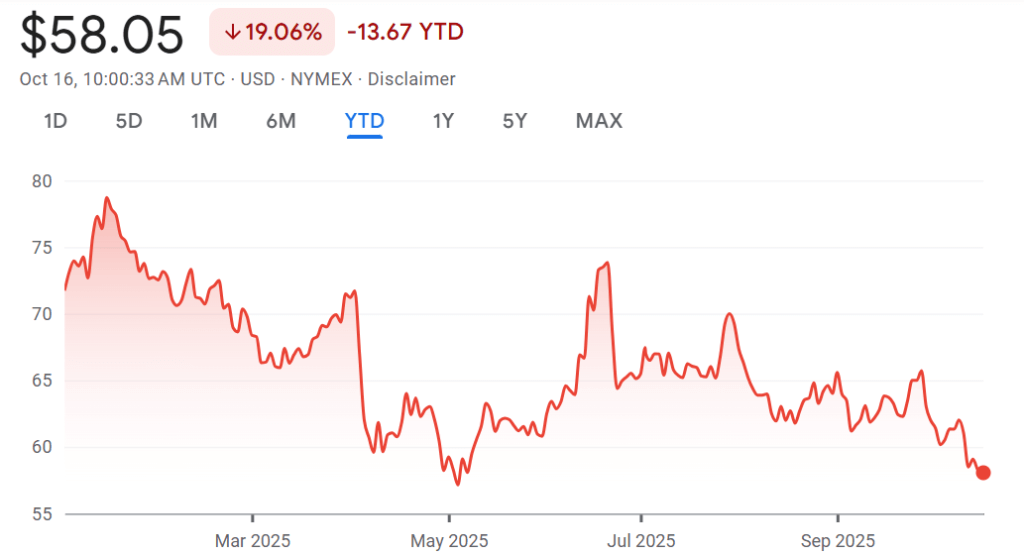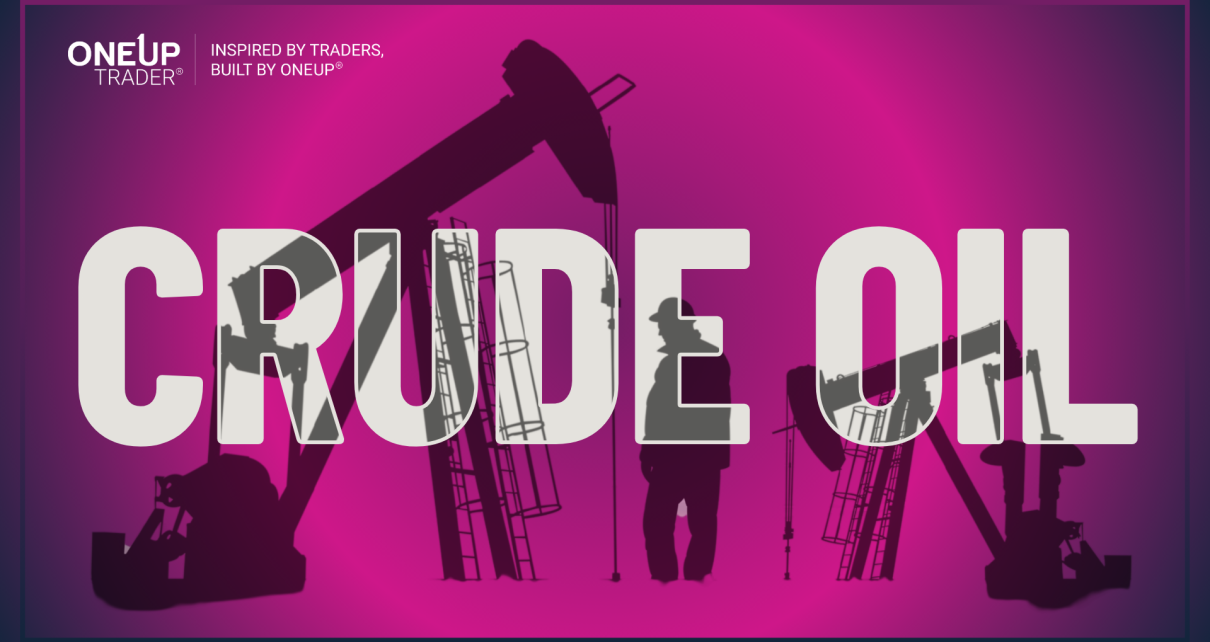- Crude oil futures surged on expectations of a slowdown in Russia’s exports.
- The rally could be short-lived as demand remains weak while fears of oversupply persist.
- Markets are now looking forward to EIA inventory data to find more about demand and supply dynamics.
Crude oil futures soared 1% on Thursday as geopolitical developments and supply-side risks came again into the limelight. Brent crude futures gained more than half a cent to $62.50, while WTI climbed to near $59.00, marking a recovery from the 5-month lows.

The uptick stemmed from President Trump’s comments, who claimed that Indian Prime Minister Modi had shown commitment to halt the purchasing of Russian oil. It’s a move that could tighten the global crude flows. Trump also added that China is expected to follow suit. Markets considered this a significant blow to Russia’s oil demand and a bullish factor.
However, India pushed back, emphasizing priorities like securing a stable energy supply and prices. Indian refiners are expected to reduce Russian imports rather than abruptly halt them, and do so gradually.
Still, the context behind the recent crude oil rally is less clear. Earlier in the week, oil prices slumped on fears of global oversupply and weak demand. The International Energy Agency (IEA) raised concerns about potential surplus through 2026 as OPEC+ and other producers increase output.
A telling signal has also emerged in the futures curve structure. The backwardation in the US crude futures has shrunk to the lowest level in around twenty months. It suggests the premium for prompt delivery is reducing, and expectations of tight supply are also weakening in the near term.
According to CME Group’s market positioning data, speculative long interest in crude futures has declined about 6% WoW, showing cautiousness among commodity traders. Despite today’s recovery, analysts note that the trend remains under pressure as investors weigh the US inventory build and rising OPEC+ output. The EIA estimates show an average of 13.53 mbpd in 2025, which is a record high, while the global demand has declined to 1.2 mbpd, the weakest since the pandemic recovery.
Meanwhile, refinery runs have slid to 91.4% while gasoline stocks are rising more quickly than seasonal averages, indicating slackening consumption in the oil market. In a note on Thursday, analysts at Goldman Sachs said that “the combination of high non-OPEC supply and soft transport fuel demand keeps the oil balance fragile heading into Q4.”
The expectations are being tested on demand as the API data revealed mixed results. Crude stockpiles and gasoline inventories rose, but distillate inventories declined. This is a sign that the demand for diesel stays comparatively higher. The markets are now looking forward to the EIA inventory report for official confirmation.




